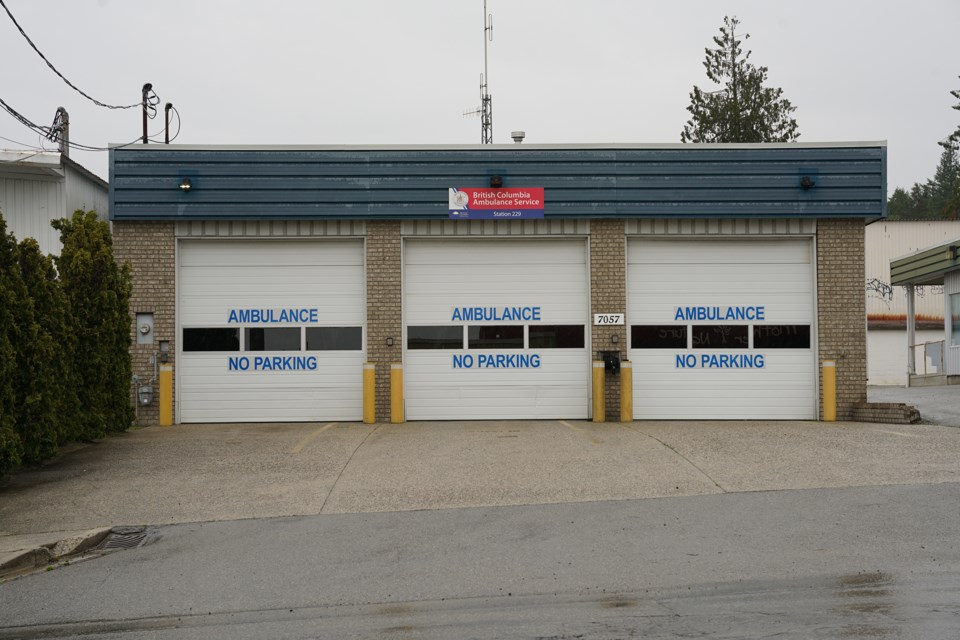Texada Island will benefit from improved ambulance paramedic staffing. According to a media release from the province, the island will have improved 911 responsiveness, plus consistent and reliable community-based out of hospital care.
“Since 2017, our government has been committed to supporting BC Emergency Health Services’ (BCEHS) work to significantly improve paramedic staffing, and strengthen and transform ambulance service throughout the province,” stated BC minister of health Adrian Dix. “Today’s announcement by BCEHS is an important step toward providing more equitable access to care for people living in rural and remote communities, and better compensation and work environments for paramedics. I commend the collaboration by BCEHS and CUPE 873 to make things better for paramedics who provide valuable, essential healthcare service to people in BC.”
The release stated that the province has accepted recommendations brought forward by BC Emergency Health Services and the Ambulance Paramedics and Ambulance Dispatchers of BC (APADBC) about the phasing out of the existing scheduled on-call (SOC) staffing model towards one of three models that will better meet the specific staffing needs of individual communities.
Texada Island will move toward the mix shift model, which will provide staff with more flexibility and better work/life balance, the release stated. Communities moving to this model will have staff on-duty in the station twice as often as they do currently.
In February 2023, the 2022-2025 collective agreement with the APADBC was ratified, the release stated. It agrees to phase out a pre-existing SOC model into one of three different models that will better address the needs of ambulance paramedics and the communities they serve, the release stated.
As BCEHS transitions many part time positions to full time positions, there will be 271 full time positions added to support the new models, for an increase of 239.5 full-time equivalent, according to the release.
BCEHS and APADBC have worked closely together to determine the best staffing model for each of the 60 communities and to bring forward recommendations to the ministry of health. This work included engagement with staff, the communities, first nations leaders, health authorities and the APADBC. BCEHS will continue working closely with partners to address future needs of communities and make changes as needed.
“Paramedics play a major role in small-town health care,” stated Ambulance Paramedics of BC president Jason Jackson. “With this announcement, thanks to our continuing collaborative approach to improving deployment and staffing, we will see a renewed commitment to providing many new full-time resources to dozens of communities across BC. This is a fundamental change in how we provide paramedic services in these communities and will address how we respond to 911 calls, how we recruit and retain paramedics to work in smaller communities, and most importantly, how we can provide better care to our patients.“
Since 2017, more than 1,000 new permanent full-time paramedic and emergency medical responder positions, and 42 emergency medical dispatch positions have been added, the release stated.
“Everyone deserves to get reliable access to care, no matter where they live,” stated Jennifer Rice, parliamentary secretary for rural health. “This announcement will go a long way in supporting rural and remote communities and will help ensure more equitable access to health care.”
An email was sent by the Peak to BCEHS, requesting information on what changes would be made on Texada Island, but a media relations officer stated that area managers will be available at a later date for comment because they are busy updating staff.
Join the Peak's email list for the top headlines right in your inbox Monday to Friday:prpeak.com/account/mailinglist.



